Summit Week - Day Three Recap
Wrapping up Day 3 of the 2021 Think Global Forum Summit Week
The first two days of the Think Global Forum Summit Week left us with plenty of food for thought, as Condé Nast’s Mel McVeigh led with an inspiring keynote, and Lahcene Guerrouj of Salesforce, Sophie Top of Adidas, and Esther Curiel of Indeed offered some great insights on Global Content Operations in the uncertain current climate.
Day 3 of the event saw the discussion turn towards World UX, as we welcomed panelists Pat Higgins from Verizon Connect, Tarja Karjalainen from Oura, Ryan Moroz from LINE Plus Corp, and Sergio Valero Notari from Doctoralia, to continue exploring in-depth this strategic concept following the engaging World UX roundtable in November of last year.
Here’s a quick look at some of the topics that were discussed on Day 3:
World UX in Action
We looked at specific projects and collaborations where the three elements of World UX (Design, Writing, and Localization) were combined to deliver a successful outcome. As today’s organizations strive to break silos and become more agile, we’re seeing an increased focus on cross-functional teamwork and synergy – as well as results that validate that approach.
Technology as an Enabler of World UX
We took a deep dive into how new technology can help bring the three elements of World UX together, specifically focusing on tools that enable collaboration at scale and increase speed to market. We also touched on ways that automation can empower teams to be faster and better connected, as well as how terminology management and controlled source have emerged as key elements in supporting a successful World UX.
The session reminded us of how tricky technology integration can occasionally be, as it’s “ Starship Enterprise in some cases, while more Mad Max in other cases.” In the end, it’s important that we be advocates, remain patient, and ensure that all users are heard.
Getting Buy-In for and Measuring Success of World UX
Our panelists offered tips for making a business case to monolingual design and writing teams, as well as to leadership. We also discussed the most effective ways to educate teams that might be resistant to integrating best practices from the beginning.
Perhaps most importantly, we looked at some ways in which we can define success, which is an increasingly fluid term in the new normal. For some of our guests, it comes down to measuring impact vs. measuring data. To top it all off, we tackled an issue that our participants may be struggling with: How to overcome the perception that localization limits the creative process of the UX design and writing teams by adding constraints.
Creating a World UX Checklist
Day three came to a close with an interactive exercise where the collective intelligence of our panellists and participants was put to use to define the key elements of a World UX Checklist, and how to connect the dots. The output of this checklist was then shared with all the participants.
For those looking to develop a World UX strategy, this was certainly a can’t-miss session. And for those just looking to get an idea of how Design, Writing, and Localization can work together to make a big impact, our panelists offered some great places to get started.
To learn more about the event and the Think Global Forum, follow us on #ThinkGlobalForumSummitWeek and visit https://www.thinkglobalforum.org

